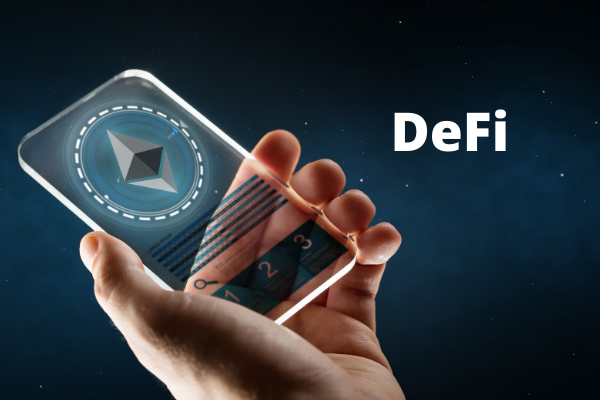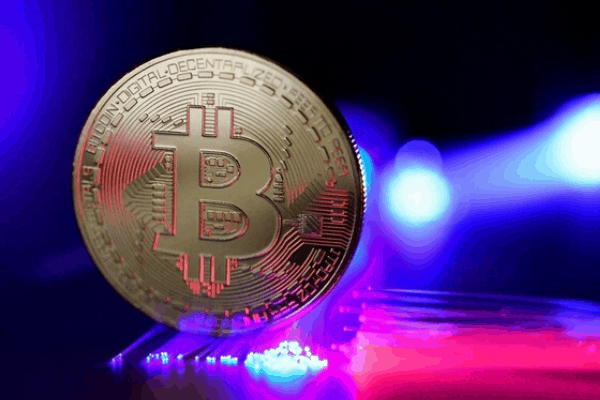
The advent of Ethereum led to a world full of possibilities. The sole idea of Ethereum was to become the world’s supercomputer. Back then, in 2005, Ethereum’s launch enabled smart contracts and decentralized applications to be built and run on it without the interference of a third party. This led to a wave of innovation in the vibrant developer community, leading to the inception of a decentralized financial market. Smart contracts were formulated and published in open-source communities to empower innovation further.
Currently, with a large influx of funds, the total value locked in DeFi smart contracts is USD 13.6 billion at the time of this publication. With the ongoing bullish phase and the activation of Ethereum 2.0 Beacon Chain, DeFi is bound to reach greater heights, surpassing all previous milestones.
In 2019, the DeFi or decentralized financial sector was almost negligible. With the gaining crypto popularity and ongoing DeFi adoption, this year, it has seen significant growth. With the DeFi applications, a full-fledged financial system involving lending, saving, risk management, and borrowing has converged all at once.
Decentralized crypto exchanges and current ongoing liquidity issues.
Crypto entered the mainstream to solve issues relating to the centralization of authority and power. However, centralized exchanges, to an extent, contribute to the same. The need for decentralization and privacy was so intense, leading to the rise of DEXes. One of the popularly known DEXes includes Uniswap. It has crossed over $3 billion in TVL with the ongoing DeFi boom.
DEXes allow the listing of free ERC-20 tokens, therefore differing from centralized crypto exchanges. It helps in lowering the costs of small projects which find it extremely difficult to list their tokens. Liquidity providers play a significant role in providing liquidity to the exchanges. They provide liquidity to a token to facilitate smooth trading. Liquidity is one of the essential aspects of retaining a user base on its platform.
Indeed, with the advantages that DEXes have to offer, they have provided support to smaller projects. This has reduced the necessity of centralized exchanges for projects to reach out to their communities. However, with growing DeFi, there has been a substantial growth in DeFi-related crimes, primarily “rug pulls.” This involves removing the current liquidity in a pool after depositing it for a while, thus exposing users to acute losses. We all saw what happened with Chef Nomi of Sushiswap. With various issues like these, multiple projects have come to the rescue to provide solutions. Players like LID Protocol and Vesta Protocol are actively working towards solving this.
Fixing the “Rug Pull” issue
Injecting liquidity into a protocol and then pulling it off after a couple of days or weeks is not a new scenario. Selling off huge tokens for booking profits can result in the token collapse, resulting in a panic sale or severe losses to investors. Solutions like locking liquidity on LID Protocol or Liquidity Dividends Protocol can tackle rug pull issues. The project’s smart contract allows locking of the deposited liquidity into Uniswap during its platform presale. This restricts investors from prematurely drawing out liquidity from the project. It provides support to all ERC-20 tokens to further enhance development and innovation in the DeFi space. The Liquidity Dividend Protocol also provides Licensed LID certification. This allows investors to explore the viability of the project and consider potential investments. It further informs the investor on the legitimacy of the project. Furthermore, it assures that the investor is not investing in a scammed project.
In case a project is keen on automating the whole process to attract potential investors, LID’s LIFTOFF comes to the rescue. Not only does it lock liquidity, but it also provides a fully automated approach to carry out the same. It is a self-service platform that helps smaller projects to kickstart their fundraising in an automated way.
Trustworthy projects V/s Scams
Although we discussed how the significant DeFi growth has led to the potential rise in DeFi scams, one of the essential steps before considering any investments must be researching the project’s viability. The team backing the project also plays a vital role in the project’s reputability and transparency. In the case of Chef Nomi of Sushiswap, the identity is mysterious. One must look into the use case of the project. Another factor to consider is the community’s engagement on different channels and the active involvement of project leads.
Conclusively, with the rise of DeFi scams, some projects are working towards building products to solve these issues. However, one must look at actively adapting them going forward in order to make the DeFi landscape more reliable.
About the Author



